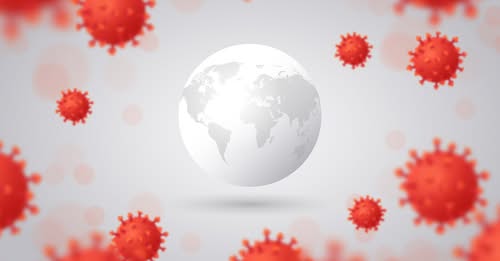The United States is grappling with its first severe case of avian influenza A(H5N1), also known as “H5N1 bird flu,” in a backyard flock. The Centers for Disease Control and Prevention (CDC) has confirmed the case in Louisiana, where the patient came into contact with sick and dead birds. This development has prompted emergency measures in several regions to prevent the virus from spreading further.
The CDC confirmed the first severe case of H5N1 bird flu on December 13, 2024. This particular case is significant because it is linked to a backyard flock, marking a shift in the patterns of virus transmission in the US. The patient had direct exposure to sick birds, and genomic analysis revealed that the virus belongs to the D1.1 genotype. This genotype has been found in human cases in Canada and Washington, as well as in poultry and wild bird cases in the US.
The CDC is continuing to sequence more samples, but it emphasizes that there is no evidence of human-to-human transmission, and the health risk to the general public remains small. However, the virus has spread to dairy cows in Southern California, prompting Governor Gavin Newsom to declare a state of emergency. Since its initial discovery in Texas and Kansas in March 2024, the virus has been recorded in 16 states.
To contain the outbreak, California has implemented elaborate testing and monitoring systems. Governor Newsom stated, “We are committed to protecting public health, supporting our agriculture industry, and ensuring that Californians have access to accurate and up-to-date information.”
The public is urged to take precautions to protect themselves from potential exposure. This includes avoiding direct contact with sick or dead animals, including wild birds and poultry. Individuals who cannot avoid exposure are advised to wear personal protection equipment (PPE), such as safety goggles, gloves, and N95 respirators.
Consumers are recommended to cook meat, poultry, and eggs to safe internal temperatures and consume only pasteurized dairy products. Those who have been exposed to sick animals should monitor themselves for symptoms, such as redness in the eyes or respiratory problems, and seek immediate medical attention if they experience any of these symptoms.
Employers are advised to update their occupational safety standards to manage the risk of H5N1 exposure. This includes enforcing containment procedures, providing appropriate PPE to workers, and conducting hazard assessments to identify high-risk tasks. By implementing these safety precautions, employers can effectively mitigate the risk of H5N1 transmission.


